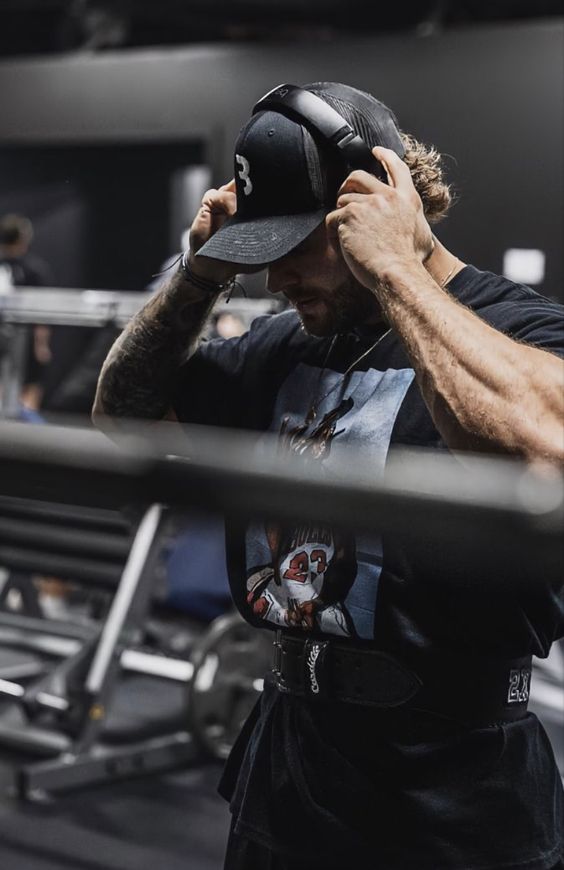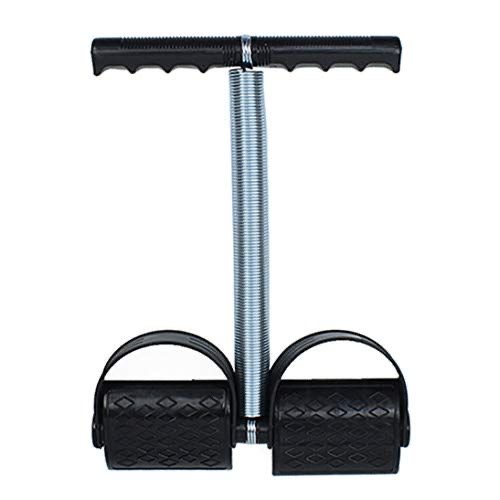How to Use Lifting Chalk: A Beginner’s Guide

Ever had your grip slip right in the middle of a heavy deadlift? It’s frustrating, and it can mess up your entire set. That’s where lifting chalk comes in—it’s one of those simple tools that can make a huge difference. If you’re serious about lifting, chalk might just become your new best friend. Let’s talk about why you should have it in your gym bag.
What Exactly is Lifting Chalk?
Lifting chalk isn’t the same as the chalk you’d find in a classroom. It’s made from magnesium carbonate, which is perfect for soaking up sweat and keeping your palms dry. You’ll often see powerlifters, CrossFit athletes, and even rock climbers using it. Chalk comes in different forms—loose powder, blocks, and liquid—but they all do the same thing: improve your grip so you can lift more weight with confidence.
Why You Should Be Using Lifting Chalk
- Way Better Grip
This is the main reason lifters use chalk. When your hands get sweaty, bars and dumbbells can feel slippery, making it tough to hold on. Chalk keeps your hands dry so you can maintain a solid grip, even during the toughest lifts.
- Safety First
A good grip isn’t just about performance; it’s about staying safe too. When you’re lifting heavy—like during deadlifts or pull-ups—a strong grip reduces the risk of dropping the weight, which could lead to injury. Chalk gives you that extra layer of security.
- Push Past Your Limits
Better grip means more control, which lets you really go for those extra reps or hit a new PR. When you’re not worrying about your hands slipping, you can focus on your form and getting stronger.
- Less Fuss, More Lifting
No more stopping mid-set to readjust your grip. Chalk helps you stay locked in, so you can power through your sets without wasting time or energy.
Different Types of Lifting Chalk
- Loose Chalk (Powder)
The classic choice. You grab a handful, rub it on, and you’re good to go. It’s great for getting the right amount exactly where you need it, but it can get a bit messy.
- Chalk Blocks
These are solid chunks of chalk. You break off what you need and rub it onto your hands. It’s less messy than loose chalk, and you still get a solid grip.
- Liquid Chalk
This one’s becoming popular in gyms that don’t allow loose chalk because of the mess. It’s a mix of chalk and alcohol that you rub onto your hands. Once it dries, it feels like regular chalk, minus the dust cloud.
How to Use Lifting Chalk Like a Pro
- Start with Dry Hands: Chalk works best when applied to dry hands, so make sure your palms aren’t already sweaty.
- Apply Evenly: Whether it’s loose, block, or liquid chalk, spread it evenly over your palms and fingers.
- Reapply as Needed: For high-intensity sessions, you might need to top up between sets.
When Should You Use Chalk?
Chalk is a must for lifts that really test your grip, like deadlifts, pull-ups, and rows. For exercises where grip isn’t a big factor—like leg presses or using machines—you probably don’t need it.
My Honest Thoughts
I’ve tried all types of lifting chalk, and I have to say, the powdered variety is my favorite. It’s easy to use and gives me the best grip without much hassle. Chalk blocks are also solid performers, but when it comes to liquid chalk, I’m not as big of a fan. While it does the job, I find it a bit sticky, and it just doesn’t have the same feel as the traditional options. That said, lifting chalk—whichever type you choose—is a great tool, especially for lifts like deadlifts and barbell rows, where your grip tends to give out early.
Looking to improve your home workouts? Check out our guide on why I love push-up bars and the best exercises for chest, back, triceps, and calisthenics.


![Why You Need a Mini Fan for Your Gym Workouts [My Honest Advice]](https://gymaccessories.online/wp-content/uploads/2024/08/IMG_2749-edited-768x576.png)



2 Comments